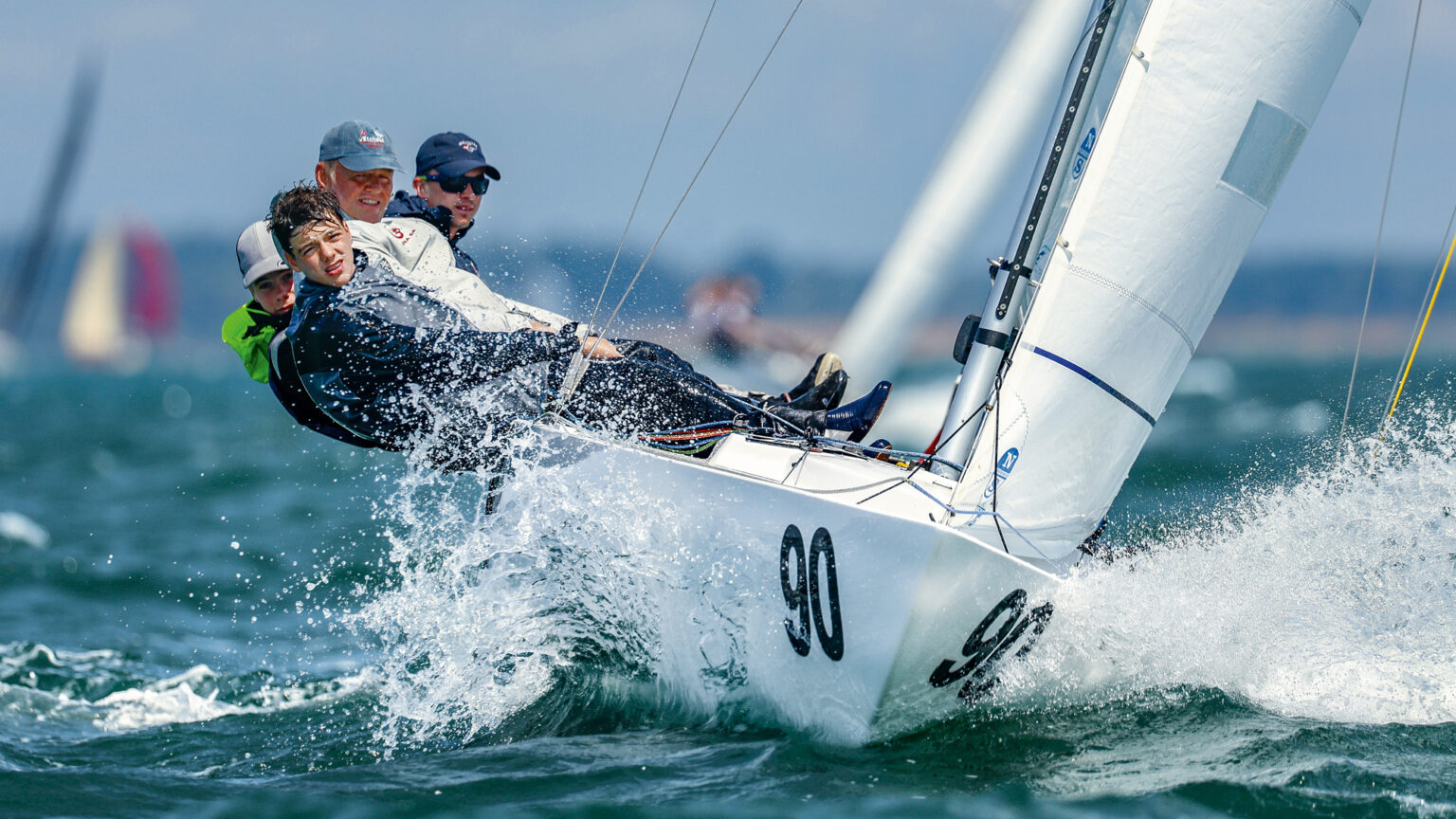Understanding the concept of heel angles in sailing is essential for optimizing performance and ensuring a rewarding sailing experience. This article presents expert tips that help sailors grasp the subtle intricacies of heel angles, enriching their sailing skills.
The Importance of Heel Angle in Sailing
Maintaining the correct heel angle is crucial for success, particularly in keelboat sailing. Sailors often strive for an ideal angle that enhances overall performance, maximizing speed while maintaining control over the vessel. Given the variability in wind and wave conditions, becoming adept at managing this angle is indispensable for producing consistent results.
Different sailing classes have specific target heel angles that vary depending on conditions. For instance, the J/70 class commonly targets 8° in light winds, 12° in moderate conditions, and a maximum of 14°. Understanding and working within these parameters is vital for effective sailing.
Choosing the Right Angle: Technical Insights
The optimized heel angle not only improves speed but also aids in better flow over both foils, enhancing the rudder’s effectiveness. Sailors are encouraged to communicate consistently onboard, as the helmsman’s feedback about rudder feel can provide crucial information to maintain the desired angle.
Establishing a Heel Angle Monitor
Designating a specific crew member to monitor heel angles facilitates smoother adjustments during sailing. This “heel angle monitor” ensures the team can respond to changing conditions efficiently. Leveraging electronic devices for real-time data is beneficial, but instinct and experience often serve as the best gauge for optimal heel.
Weight Distribution: Harnessing Human Power
Effective management of crew weight is essential when sailing in lighter conditions. Shifting body weight in and out at the right moments enables the boat to achieve and maintain the desired heel angle. The crew should be prepared to adjust positioning promptly—leaning out with gusts and moving inward during lulls to enhance boat performance.
Adjusting the Rig: Essential Techniques
As the wind strengthens, properly adjusting the rig becomes crucial. Adjustments should begin with the backstay, which plays a pivotal role in managing sail shape and reducing power in changing wind conditions. This includes winding the backstay until noticeable creases appear in the mainsail’s luff, aiding in achieving a balanced performance.
Innovative Trimming Techniques
Utilizing the traveler to control the boom positioning is vital to avoid excessive heeling that hinders performance. Sailors should be cautious not to allow the traveler to move too far to leeward, as this creates adverse effects on speed and control. Continuous communication among the crew during sail trimming enables synchronized adjustments that keep the vessel moving optimally.
Proactive Strategies for Sailing Success
Being proactive about wind shifts is a skill that distinguishes proficient sailors from beginners. Calling out gusts and lulls ahead of time allows the crew to make minor adjustments rather than being forced to make drastic corrections after a shift occurs. This foresight can significantly reduce the risk of overwhelming the boat or losing control due to abrupt changes in wind strength.
Staying Calm Under Pressure
In high-pressure situations, sailors may find themselves facing a sudden increase in heel angle due to strong gusts combined with waves. The key is to remain calm and avoid panic. Reset the crew’s focus and collaborate to achieve balance and control, ensuring that each adjustment is deliberate and coordinated.
Summary and Emphasizing the Sailing Experience
Mastering heel angles is a multifaceted aspect of sailing that requires a deep understanding of various factors, including wind conditions, crew dynamics, and equipment adjustments. As sailors become more proficient at managing these elements, they not only enhance their performance but also deepen their connection with the art of sailing.
With GetBoat.com, sailors can explore diverse options tailored to their sailing adventures. The platform embodies freedom and the thrill of the ocean, allowing users to select the perfect boat or yacht that meets their adventure’s needs and personal palate. From leisure to competitive sailing, having the right vessel makes all the difference.
Experiencing new coastal destinations adds layers of richness to the journey. Each cove, harbor, and body of water possesses unique attributes that beckon exploration. The local culture, flavors, and expressions found in coastal regions are as enticing as the waters themselves. Consider the opportunities presented by boat rentals and charters from GetBoat.com as you’re charting your next maritime adventure.
In essence, the intricacies of heel angles in sailing—or the art of positioning your vessel optimally—serve as a metaphor for life. Sailing teaches us about balance and precision, urging us to appreciate the harmony found in nature’s beauty. So, as you embark on your future sailing endeavors, remember to keep these tips in mind, refine your approach, and enjoy every moment on the water!
Understanding your heel angles promotes effective sailing, while GetBoat.com stands as your trusted partner in discovering unforgettable maritime experiences. With transparency and user-friendly navigation, the platform ensures that every sailing journey is remarkable and enriching, paving the way for you to embrace freedom on the open water.

 Essential Tips for Mastering Sailing Heel Angles">
Essential Tips for Mastering Sailing Heel Angles">
